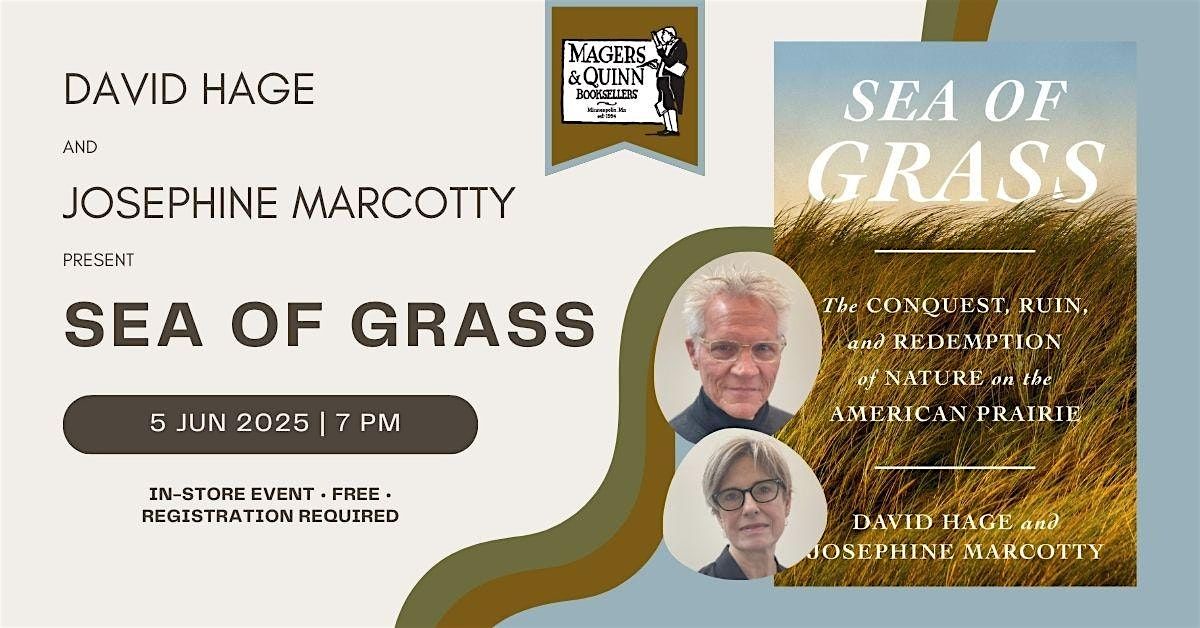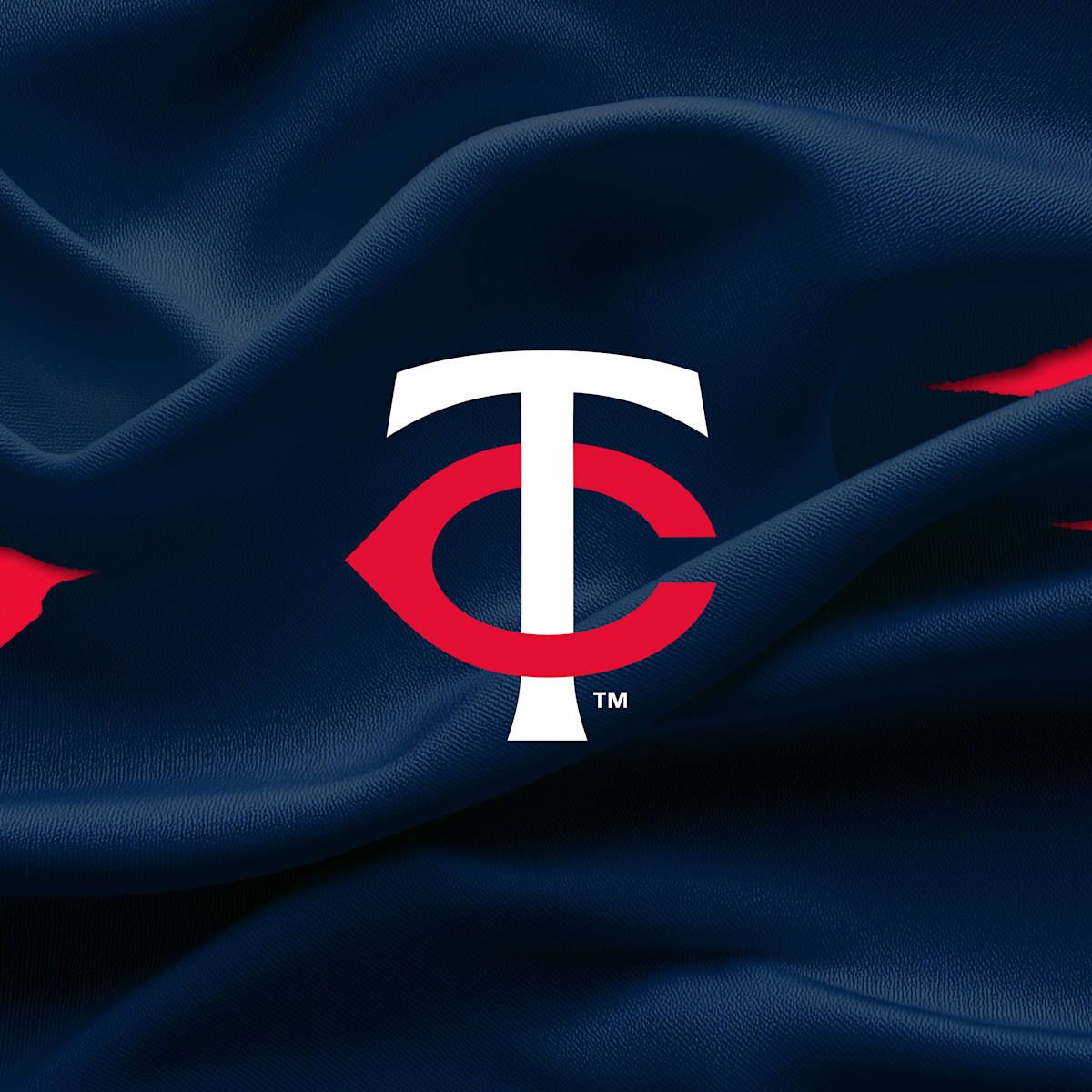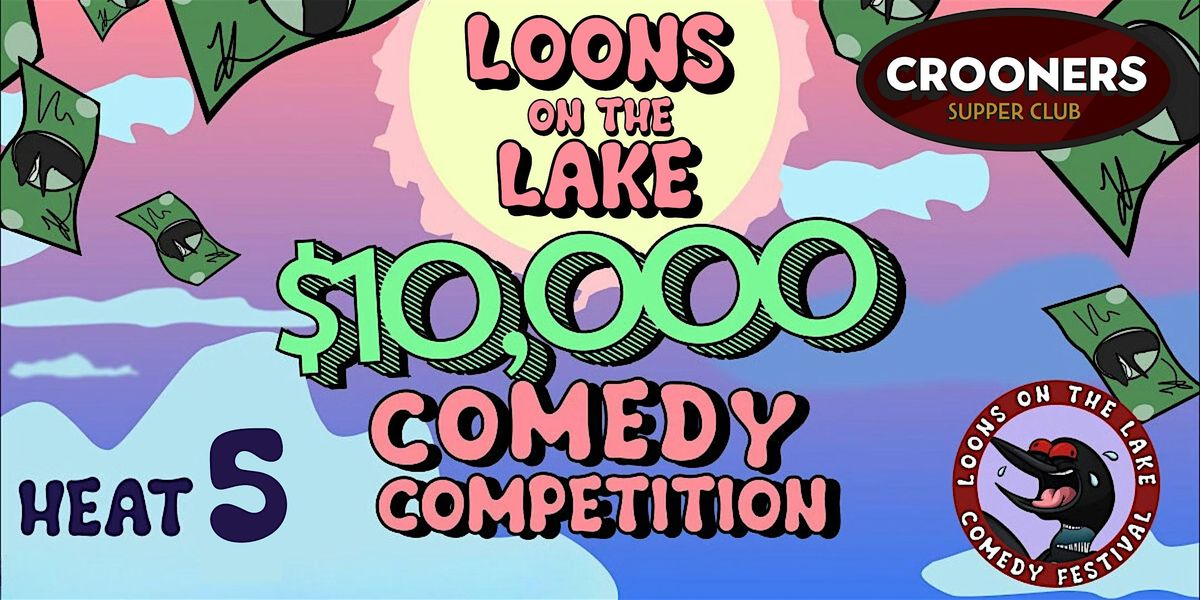
About this Event
A vivid history of the American Prairie and an urgent call to understand and protect this natural wonder, which rivals the rainforest in its biological diversity and, with little notice, is disappearing even faster.
The North American prairie is an ecological marvel. One cubic yard of prairie sod contains so many organisms that it rivals the tropical rainforest for biological diversity. And like the rainforest, it showcases nature’s prodigious talent for symbiosis. The lush carpet of grasses feeds a huge population of grazing animals and is home to some of the nation's most iconic creatures--bison, elk, wolves, pronghorn, prairie dogs, and bald eagles. These creatures return the favor by spreading nitrogen and seeds across the prairie in their manure, and the grazers in turn feed prairie predators, and when they die, they return their store of organic matter to the living soil.
When European settlers encountered the prairie nearly 200 years ago, rather than recognizing a natural wonder they saw a daunting landscape of root-tangled soil. But with the development of the steel plow, artificial drainage, and nitrogen fertilizers, in mere decades they converted the prairie into some of the richest farmland on Earth—a transformation unprecedented in human history. American farmers fed the industrial revolution and made North America a breadbasket for the world, but their progress came at a terrible cost: the forced dislocation of indigenous peoples, pollution of the continent’s rivers, and the catastrophic loss of wildlife. Today, as these trends build toward an environmental crisis, industrial agriculture has resumed its assault on the prairie, plowing up the remaining grasslands at the rate of one million acres a year. Farmers have an opportunity to protect this extraordinary landscape, but trying new ideas can mean ruin in a business with razor-thin margins and will require help from Washington, D.C., and from consumers who care about the land that feeds them.
Veteran journalists and Midwesterners Dave Hage and Josephine Marcotty follow the history of humanity's relationship with this incredible land, offering a deep, compassionate analysis of the difficult decisions as well as opportunities facing agricultural and Indigenous communities. Sea of Grass is a vivid portrait of one of the world's most miraculous and significant ecosystems, making clear why the future of this region is of essential concern far beyond the heartland.
Dave Hage oversaw environmental and health reporting at the Minneapolis Star Tribune for a dozen years, editing projects that won a Pulitzer Prize, an Edward R. Murrow Award, among other honors. His previous books include No Retreat, No Surrender: Labor’s War at Hormel and Reforming Welfare by Rewarding Work. He is a Minneapolis native whose parents grew up in the small prairie towns of western Minnesota. He lives in St. Paul with his wife, a florist and naturalist.
Josephine Marcotty is an award-winning environmental journalist who has spent her life in the Midwest. She was a reporter for the Minneapolis Star Tribune, where she covered complex, science-based topics critical to the community, including economics, healthcare, and the environment. Sea of Grass is a natural expansion of her prior in-depth reporting on the vanishing prairie, the importance of natural landscapes, and the consequences of intensive agriculture. She lives in Minneapolis with her husband.
About Events at M&Q:
These are guidelines only, and if you have questions about the most up to date information, you can always call us at 612-822-4611.
Q: Do I need to register?
A: Please do if at all possible! Use the registration button above. Registering ahead of time helps us with scheduling, book ordering, and other decisions that are made several weeks prior to the event. The more info we have ahead of time, the better.
With a registered list, we can also easily and directly communicate event updates such as postponements or cancellations.
If you are unable to sign up online, please call or visit the bookstore and register with a bookseller.
Walk-ins are always welcome, but seating decisions are made based on registered attendance and seating priority is given to registered attendees first.
Q: Are in store events free?
A: Yes, Magers & Quinn events are free and open to the public unless otherwise noted.
Q: Are masks required?
A: Masks are not required to browse in the store or at most events. Some events may come with a request for masking for the health and safety of the author. If so it will be noted here whenever possible.
Q: How should I get there?
A: Please see our Directions & Parking page for the best tips on getting to Magers & Quinn.
https://www.magersandquinn.com/directions
Event Venue & Nearby Stays
Magers & Quinn Booksellers, 3038 Hennepin Avenue, Minneapolis, United States
USD 0.00











